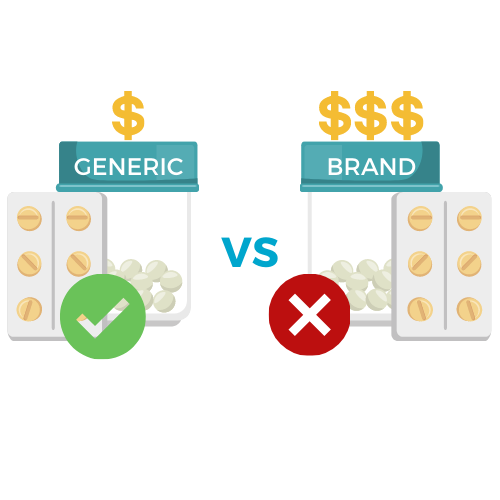


Building A Better Health Care System Post-COVID-19: Steps for Reducing Low-Value and Wasteful Care
According to authors, the upheaval in the provision of routine health care caused by the COVID-19 pandemic offers an unprecedented opportunity to significantly reduce low-value care with concurrent efforts from providers, health systems, payers, policymakers, employers, and patients. Read more here.

The Effect of Increased Cost-Sharing on Low-Value Service Use

Waste in the Medicare Program: a National Cross-Sectional Analysis of 2017 Low-Value Service Use and Spending

Roadmap for Addressing Low-Value Care

Many Older Adults 'Overscreened' for Cancer

Medicare Part D Plans Rarely Cover Brand-Name Drugs when Generics are Available
Authors of a new Health Affairs article found that 84% of Medicare Part D plan-product combinations only covered generic versions of medications. Consistent and generous coverage for generic drugs is a key way to reduce prescription drug spending for consumers.

Cutting 'Wasteful Drugs' Could Save Employers $6 Billion
A new guidebook developed by Pacific Business Group on Health and Johns Hopkins University researchers identifies 49 drugs with less expensive alternatives that could be cut from the lists of drugs covered by employers. Learn more here.

Trends in Low-Value Carotid Imaging in the Veterans Health Administration From 2007 to 2016
The Choosing Wisely campaign has led medical societies to identify some uses of carotid imaging as low-value care. The authors believe interventions targeting the ordering clinicians are needed to meaningfully reduce low-value testing and utilization cascades. This recommendation is further supported by the most recently issued draft recommendation statement released by the U.S. Preventive Services Task Force. Read more here.

Doctors Get Plenty of Advice on Starting Treatment. This Could Help Them Know When to Stop.
After working for decades to address deficits in an evidence-based healthcare system, medical experts have realized that identifying when to scale back on screenings and treatment is just as important as knowing when to start. In a recent article, University of Michigan researchers propose a new framework for ‘right-sizing’ care. Read more here.

Some Physicians are Ordering Thyroid Tests for Unsupported Reasons


